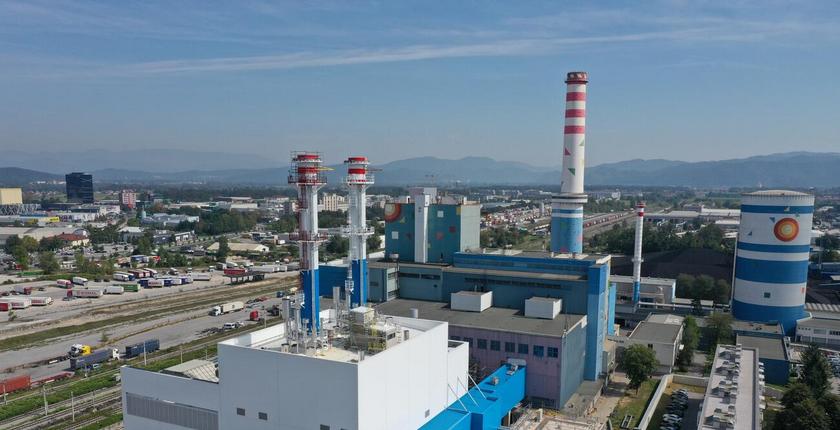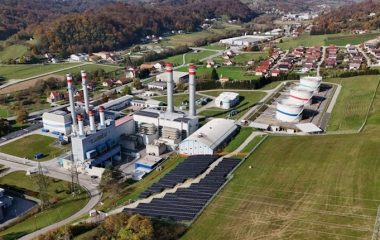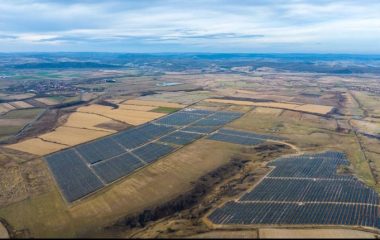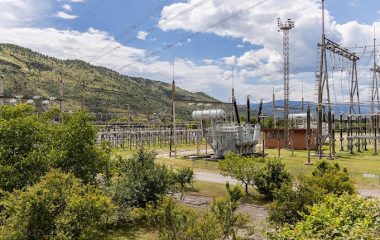
Photo: Energetika Ljubljana
TE-TOL, the main district heating provider in the Slovenian capital, Ljubljana, has taken over a newly built gas-steam unit, reducing the share of coal in heat generation to 20% and marking another step toward a complete coal phaseout in the country.
Slovenia’s official deadline for abandoning coal is 2033, although there are indications it might happen much sooner. In a step seen as the beginning of the country’s coal phaseout, the Government of Slovenia decided in December to provide EUR 403 million to save the Šoštanj coal power plant and coal mine Velenje from bankruptcy, announcing it would take over both entities from state-owned power utility Holding Slovenske Elektrarne (HSE).
Over the weekend, Srečko Trunkelj, deputy CEO of Energetika Ljubljana, a state-controlled energy company that operates TE-TOL, explained that heat production at the plant was previously based on 65% coal, 19% natural gas, and 16% wood biomass. “This structure has changed significantly, as we now use 20% coal, 60% natural gas, and 20% wood biomass,” Trunkelj said at a conference on Sunday, the Naš stik magazine reported.
The share of coal in heat production at TE-TOL has now dropped from 65% to 20%
Last week, the Greek contractor handed over the management of the new gas-steam unit to TE-TOL. “The […] plant is now under our management, with a three-year warranty period,” Energetika Ljubljana explained.
The new unit, called PPE-TOL, comprises two gas turbines, each with a nominal electrical power of 57 MW, and one steam turbine with 42 MW of nominal power. Officially, the facilities are still in a trial operation period until the company obtains a use permit. The new gas-steam unit is expected to begin regular operation in the coming heating season.
The new unit will also boost TE-TOL’s electricity output
The new unit will also enable TE-TOL to boost its electricity generation, making it the third-largest power producer in the country. It will provide around 8% of the country’s total electricity supply, Energetika CEO Samo Lozej said earlier. Its output should be enough to supply 600,000 households.
Energetika Ljubljana operates the largest district heating network in Slovenia, supplying heat to about 60,000 homes, and is also a major player in the natural gas retail market, according to Slovenian media.


















Be the first one to comment on this article.